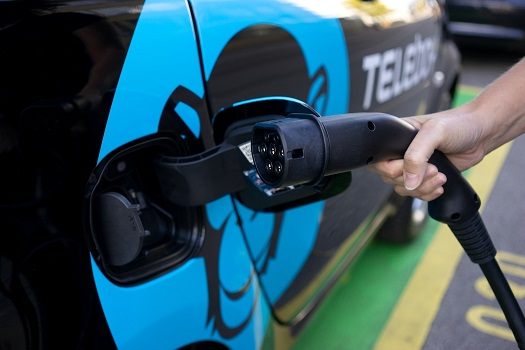
Views: 4
– What role can hydrogen play in combating climate change, and what is needed for this investment in hydrogen to be successful?
Courtesy UIO by Bente Bakken: More and more people started talking about hydrogen as an important climate solution. Over blue, gray and green hydrogen over fuel cells. And about the hydrogen society. But what exactly is hydrogen and can it really save us from the climate crisis?
The global rise in temperature is creating a serious imbalance in the ingenious interaction between climate, nature and the environment. High on the list of things that need to be done to reverse this trend are drastic cuts in global greenhouse gas emissions.
We know that a very large proportion of greenhouse gas emissions are related to energy production and use. And when we move from fossils to renewables, a new need arises to, among other things, transport and store energy.
It comes from the water, it becomes water again

Hydrogen is element number one. It’s the lightest and simplest in the universe, and the first ever created, says chemistry professor Truls Norby.
The universe consists of 90% hydrogen and, on Earth, most of it is related to water. We can make hydrogen from water using electrolysis, which splits water into oxygen and hydrogen, says Norby and emphasizes:
The beauty of hydrogen is that when we use the energy that’s there, the hydrogen just goes back into the water. And everything happens totally free of emissions.
At the University of Oslo, research is being done on how hydrogen production can be simplified and with less energy consumption.
We work with hydrogen made from natural gas, the so-called blue hydrogen, where all the CO 2 formed in the process is safely stored. But also with water vapor electrolysis, called green hydrogen, which assumes that the energy for electrolysis comes from renewable energy, and the work is done with hydrogen made directly from sunlight.
Not just technology, but also legislation and structure
Catherine Banet, associate professor at the Nordic Institute of Maritime Law, is working to analyze what kind of rules and structures are needed when Norway and the EU must decarbonize their energy systems with, among other things, the use of hydrogen.
A large-scale investment in hydrogen presupposes not only technology, but also that we have a clearly defined vision, a defined level of ambition – and perhaps a binding target – both for production and for cutting emissions from consumption.
Next, we must establish clear rules about how we are going to implement the investment, says Banet.
It’s about everything from deciding what kind of hydrogen we want, to establishing a licensing regime for the production, development and use of infrastructure and what the market should be like. What regulatory models do we want? Do we let the next markets provide the necessary solutions or should we have more control over what we build and how?
Related article: Fukushima and Toyota to build hydrogen-based city
Leave a Reply